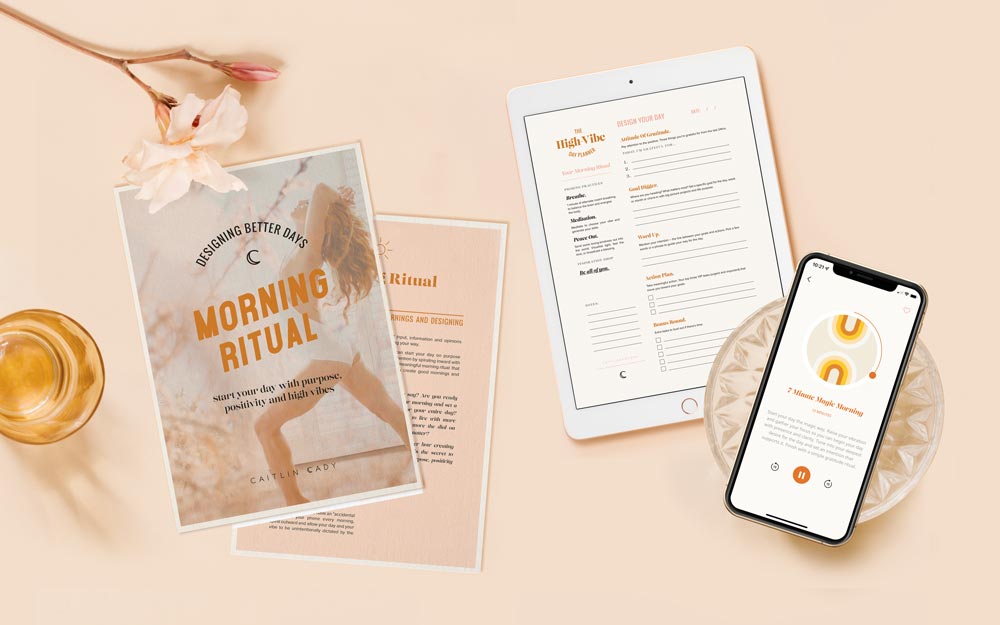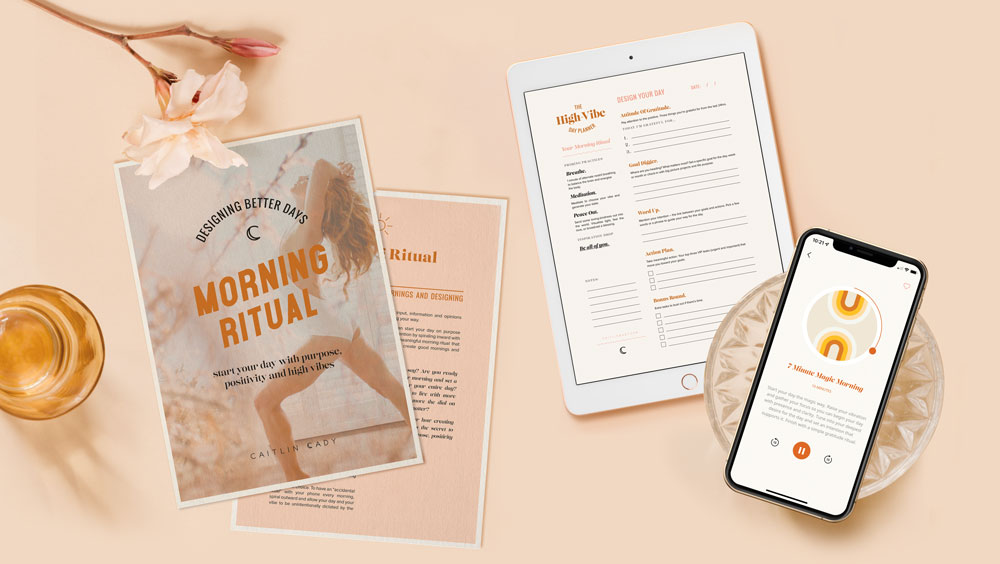The myth of multitasking. It’s something most of us fall prey to at one point or another – thinking we’ve got mad multi-tasking skills. Kill two birds with one stone. Simultaneous box-ticking. As in – watch me juggle ten open browser windows, pinball between conversations on social media, email and text, while chain eating chips. Thinking- if I do more things at the same time and get more done! Riiiiight.
There are obvious downsides. Typos, a to-do list without a single ticked box, unfinished sentences, missed text messages, overeating, half-baked conversations, missed moments for connection with our children or partners, or rice cooked to a carcinogenic crisp. A sense of having gotten absolutely nothing done despite having worked an 8 hour day. Not to mention the massive amount of energy that’s wasted every time you switch between tasks.
If we’re being honest with ourselves we can see that we don’t perform as well – or act in-line with our highest good- when we multitask. But scientific research also proves that the perceived benefits of multitasking are…well, bogus. A study at Stanford University found that chronic, heavy media multi-taskers aren’t as good at filtering out irrelevant information and have weaker cognitive abilities than those who are less likely to single-task.
But what’s worse is that all this multi-tasking doesn’t just effect us on an immediate level, it’s potentially changing our brains. Researchers at the University of California- Los Angeles found that multi-tasking actually causes the hippocampus (the organ in the brain associated with memory recall) to switch off. Not only does this have implications for how readily we can learn, but also how effectively we can apply what we’ve learned.
Through multi-tasking, we lose our ability to find focus and thereby forfeit our ability to connect to ourselves and others, deprive ourselves of experiencing a satisfied sense of accomplishment and diminish our brain’s ability to filter, to learn, and to use our learnings well.
If you’re keen to make the shift from doing too much and getting nothing done and glide your way towards doing less and accomplishing more, here are a couple of tips that have made a huge difference for me:
1. Practice Meditation
Obviously, establishing a daily meditation practice is numero uno on the list. Meditation is the ultimate act of single-tasking, so as we invite a meditation practice into our days, we begin to notice all of the areas of our life where multi-tasking has become a habit (and we begin to notice the practical and sentimental costs of being distracted).
Further to that, meditation gives us the opportunity to retrain our minds to become more singularly focused. In essence, our single-tasking tools are sharpened, creating a more focused framework for our lives.
If you already have a meditation practice, GOOD ON YOU. If you’ve yet to begin meditating or if your meditation practice is a bit spotty, holla at ya girl. I’ve got the goods for you.
Download my free guided meditation app, Heavily Meditated, now! Plus, my book Heavily Meditated: Your Down-to-Earth Guide to Learning Meditation and Getting High on Life will teach you everything you need to know to make meditation into a habit that sticks!
2. Use The Power Of The Pomodoro
Off the meditation cushion, there are other ways we can retrain our brains to focus and single-task. I love the Pomodoro Technique. In a nutshell, you break down your work cycles into 25 minute sessions, punctuated by short breaks. The work sessions are called Pomodoros (from the Italian word for tomato), named after the tomato shaped timer that the creator of this technique used as a student. How to do it:
Here’s how to get your Pomodoro on:
1. Select a task (e.g. writing a blog post, issuing invoices, studying, etc.,)
2. Set a timer for 25 minutes and work on the task until the timer goes off. If you notice yourself getting distracted (by phonecalls, text messages, random ideas, the siren song of social media, or the rabbit hole of Google, for example) just get right back on track and remind yourself of the task and timeframe at hand.
3. After the timer goes off, take a 5 minute break. Make a cup of tea, stretch, get your social media hit, respond to texts, etc.,
4. At the end of the break, select a new task if you’ve finished the first task, or resume the original task for another 25 minute session.
5. After completing four Pomodoros (four, 25 minute work sessions) you’ve earned yourself a longer break (15-30 minutes).
The creator of the Pomodoro Technique recommends an old-school kitchen timer because he relates the physical winding of the timer to your commitment to the task. If you don’t fancy tracking your sessions manually, there’s an app for that! Just search up Pomodoro Timer in the app store- I use it on my phone and on my computer. Makes it easy.
Obviously, having a clear To-Do List makes Pomodoro-ing even more effective. So if you can, at the beginning of your day (or even better, the night before!) sit down and make a list of your daily Priority Tasks (must get dones) and a separate list of Bonus Tasks (would be nice to get dones). As a working mama, people often ask me how I manage to fit it all in. From a getting-shit-done perspective, I absolutely swear by these practices! Do less, achieve more.
3. Pay Exquisite Attention
This may seem obvious, but as you move through your day, notice all the ways you are multitasking. Instagramming and eating. Listening to someone talk but not giving them your full attention. Driving and texting. Walking and listening to podcasts. Doing yoga and listening to music.
Even though some of these are obviously detrimental (like not truly listening to people, or texting while driving), even the more benign choices can have a powerful on-flow effect. Eating without presence can cause indigestion, poor assimilation of nutrients and even fool you into thinking you’re not full when you are. (For more on this topic, check out this vlog on Food + Mindfulness that I did with my creative compadre Brieann from Wabi-Sabi Well.)
Another example of seemingly harmless multi-tasking habits is combining your walk with podcasts or yoga practice with music. It may seem unimportant, but in layering external stimuli, you miss out on the opportunity to just be in your body, to notice your breath, to check in with the subtleties of your energy and mood, to notice the wanderings of your mind, and even to invite insights and intuitions to land. Don’t get me wrong, it’s super fun to have a yoga flow jam to some funky beats or to listen to Tim Ferris while you walk, but it’s worth making those layered practices the exception and not the rule. Keep it simple and you create more space for rejuvenation, mindfulness and inspiration. Create a richer experience through absolute focus.
Where to from here
My suggestion is to experiment with this, notice where you are layering activities and stimuli and consider where you can simplify. You may find that you have more energy and also cultivate deeper sense of satisfaction in all of your daily doings when you single task.




